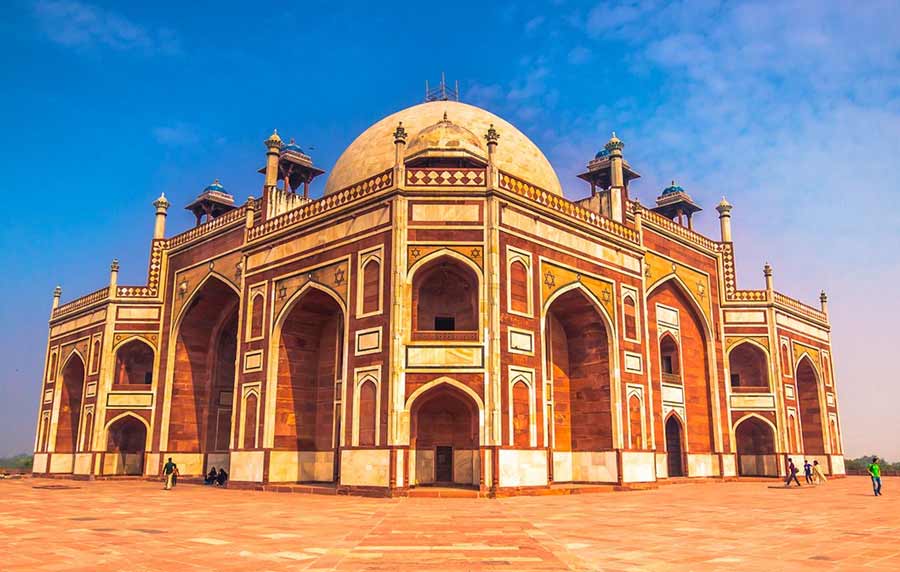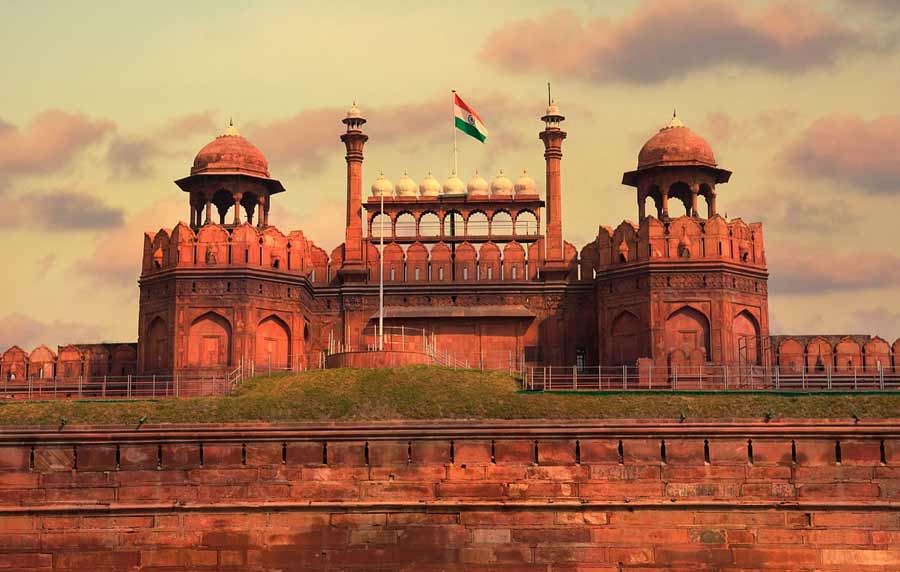Archaeological Site of Nalanda Mahavihara at Nalanda, Bihar
The Nalanda Mahavihara site is in the State of Bihar, in north-eastern India. It comprises the archaeological remains of a monastic and scholastic institution dating from the 3rd century BCE to the 13th century CE. It includes stupas, shrines, viharas (residential and educational buildings) and important art works in stucco, stone and metal. Nalanda stands out as the most ancient university of the Indian Subcontinent. It engaged in the organized transmission of knowledge over an uninterrupted period of 800 years. The historical development of the site testifies to the development of Buddhism into a religion and the flourishing of monastic and educational traditions.
UNESCO World Heritage Sites India
The United Nations Educational, Scientific and Cultural Organization (UNESCO) World Heritage Sites are important places of cultural or natural heritage as described in the UNESCO World Heritage Convention, established in 1972. There are 37 World Heritage Sites located in India. These include 29 cultural sites, seven natural sites and one mixed site. India has the sixth largest number of sites in the world. Recently, Orchha is enlisted in the tentative list of UNESCO. The Seventh Wonder of the World and a UNESCO World Heritage Site, Taj Mahal is not merely a site that brings us to the pages of history; it is an epitome of true love, brilliant architecture and artistic precision. The white-marble mausoleum was commissioned by Shah Jahan for his wife, Mumta Mahal, way back in 1632. And to complete the masterpiece it took about 22 years and as much as 20,000 artisans.
 +91 9799050299
+91 9799050299 







































